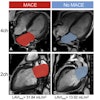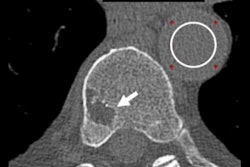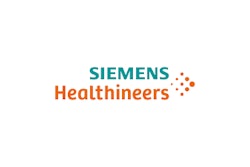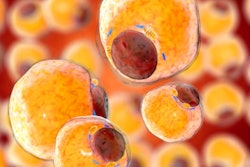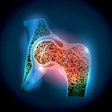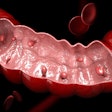
Tuesday, November 30 | 9:30 a.m.-10:30 a.m. | SSPH09-5 | Room TBA
In this Tuesday morning presentation, research findings will show how high-resolution photon-counting CT used with deep-learning image processing can expand the modality's role in breast cancer imaging.CT isn't typically used for breast cancer imaging due to spatial and contrast resolution limitations, noted a team led by doctoral candidate Nathan Huber of Mayo Clinic Graduate School of Biomedical Sciences in St. Peter, MN. But new technology such as high-resolution, whole-body photon-counting CT -- combined with deep learning to process the images -- shows promise for visualizing microcalcifications.
The group used a work-in-progress whole-body photon-counting CT scanner from Siemens Healthineers to image a patient with a history of breast cancer. These images were then processed by the deep-learning algorithm and compared with the patient's prior mammography exam.
Calcifications identified by the high-resolution, photon-counting CT system matched those identified on mammography, the team found.
"High-resolution photon-counting-detector CT with deep learning image processing permits visualization of breast microcalcifications, expanding the potential role of CT in breast imaging beyond implant evaluation," Huber's group concluded.
This paper received a Roadie 2021 award for the most popular abstract by page views in this Road to RSNA section.



